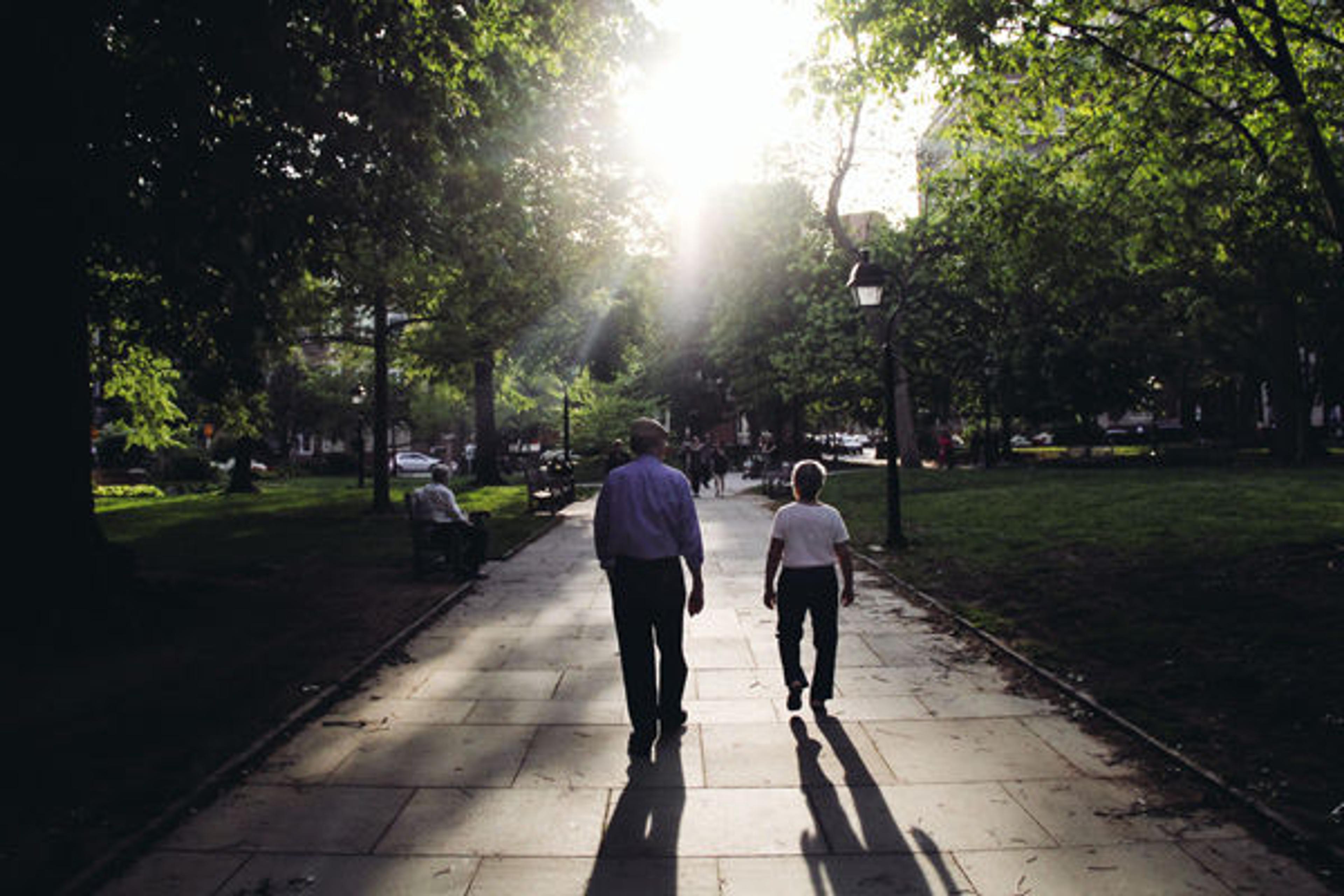A First Look at Garry Winogrand
Garry Winogrand (American, 1928–1984). Los Angeles, 1980–83. Gelatin silver print. Posthumous print (frame not marked by Winogrand on contact sheet), courtesy The Garry Winogrand Archive, Center for Creative Photography, The University of Arizona
«It's a human tendency to take apart what's put in front of us. But more importantly, we have a selfish desire to connect a piece of artwork to our lives in some way. We may feel almost dead if we are unable to connect the artwork to some greater philosophical idea that we believe to be present. While there is nothing wrong with that process, the artist may not agree with your interpretation, as the work may in fact have no underlying meaning. The artist may have simply created the piece because of its aesthetics.»
That's the case with Garry Winogrand's work, currently on view through September 21 in the exhibition Garry Winogrand at the Museum. Winogrand spent hours roaming the chaotic streets of New York and other cities, capturing things over which he had no control. So to say that he composed a shot in order to represent class struggle or raise awareness for the poor seems inaccurate. Though everyone is entitled to their own interpretation, Winogrand surely didn't take every shot with a bigger idea in mind. He took pictures of what he found visually amusing or odd. Walking through Manhattan for hours, it was impossible to frame or plan out what his day would look like, and he took candid, rather than composed, shots.
As a photographer myself, I have experienced the highs and lows of trying to capture candid shots. There have been instances in which I've been noticed by the subject; this can result in an argument as I try to justify why I was taking their photo, or I'll end up with a breathtaking image of someone looking straight into the camera. Sometimes both. I'm sure Winogrand experienced these types of encounters, but because he was so stealthy behind the camera, he rarely has photos of people looking at him. That's the beauty of taking pictures in any city. You never quite know what or whom you'll encounter, even if it's a lady passed out on a Los Angeles street. It's the element of surprise associated with photography that makes it so addicting. Winogrand was obsessed with getting out and shooting these everyday occurrences.

Garry Winogrand (American, 1928–1984). Los Angeles, 1969. Gelatin silver print. Fraenkel Gallery, San Francisco
Usually hesitant to explain himself, Winogrand once said, "It's the light. Look at the light!" when asked about the significance of Los Angeles (1969). He refused to link his work to a deeper meaning. His satisfaction was based completely on the aesthetics of an image, which is, in my opinion, what photography should be about. It shouldn't be about whether others like your work. What matters is that you shoot for yourself. As long as you are completely content with your own work, everything else will fall into place. Winogrand appreciated his images exactly as they are, without lengthy explanations or even titles. The people in them and their stories were beyond Winogrand's concern. All he cared about was getting his fix simply by clicking the shutter button.
The most important thing I took away from the Winogrand exhibition is that the art of photography lies in making images of nothing seem great. As humans, we are often searching for jaw-dropping moments or subjects and overlook the simplest things, which can hold the same shock value. We don't need to know the meaning of everything, as not everything has one. Sometimes it's okay to simply appreciate an image for what it is: an image.

Joseph. Untitled, 2014
Joseph undefined
Joseph was a participant in the 2014 Digital Stories workshop for teens ages 15 through 18.